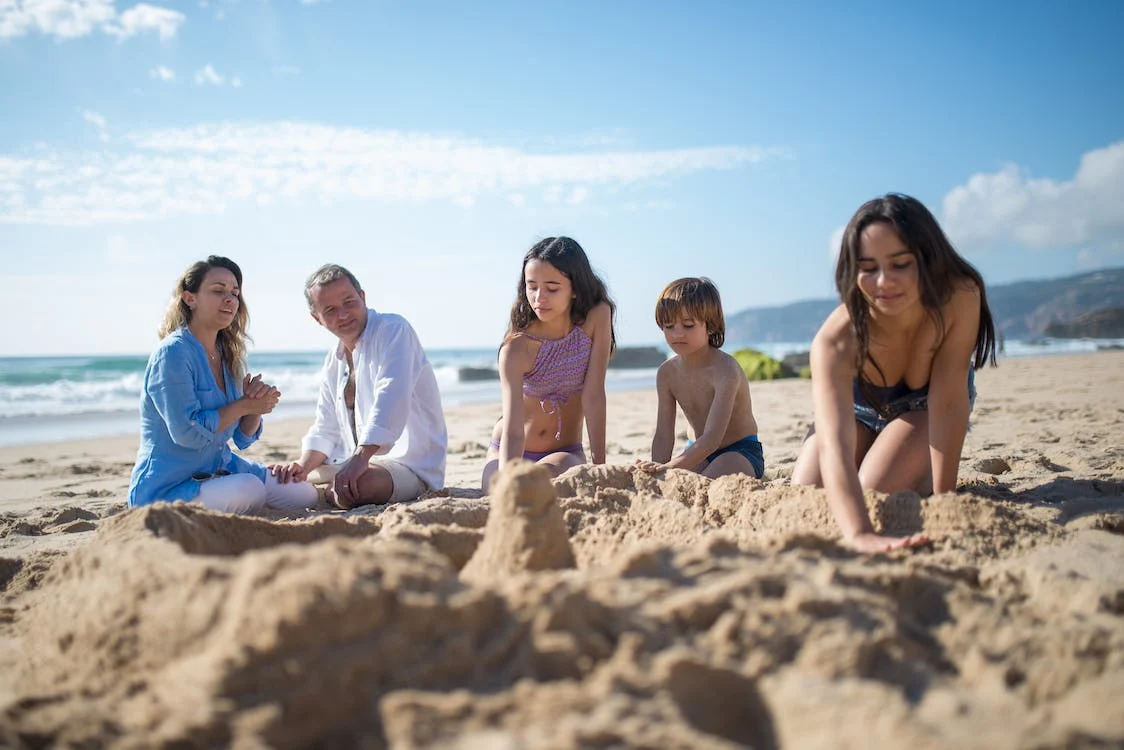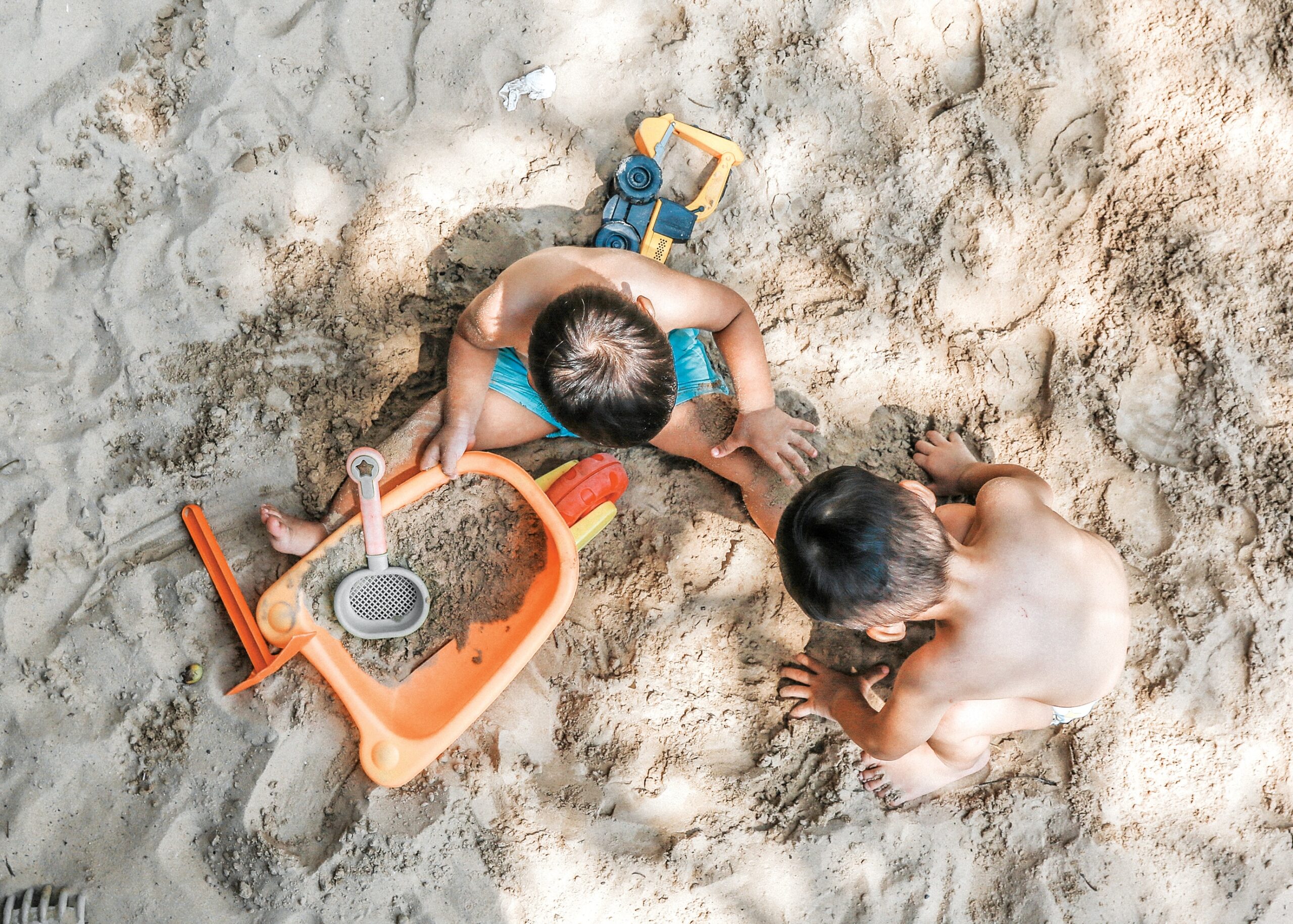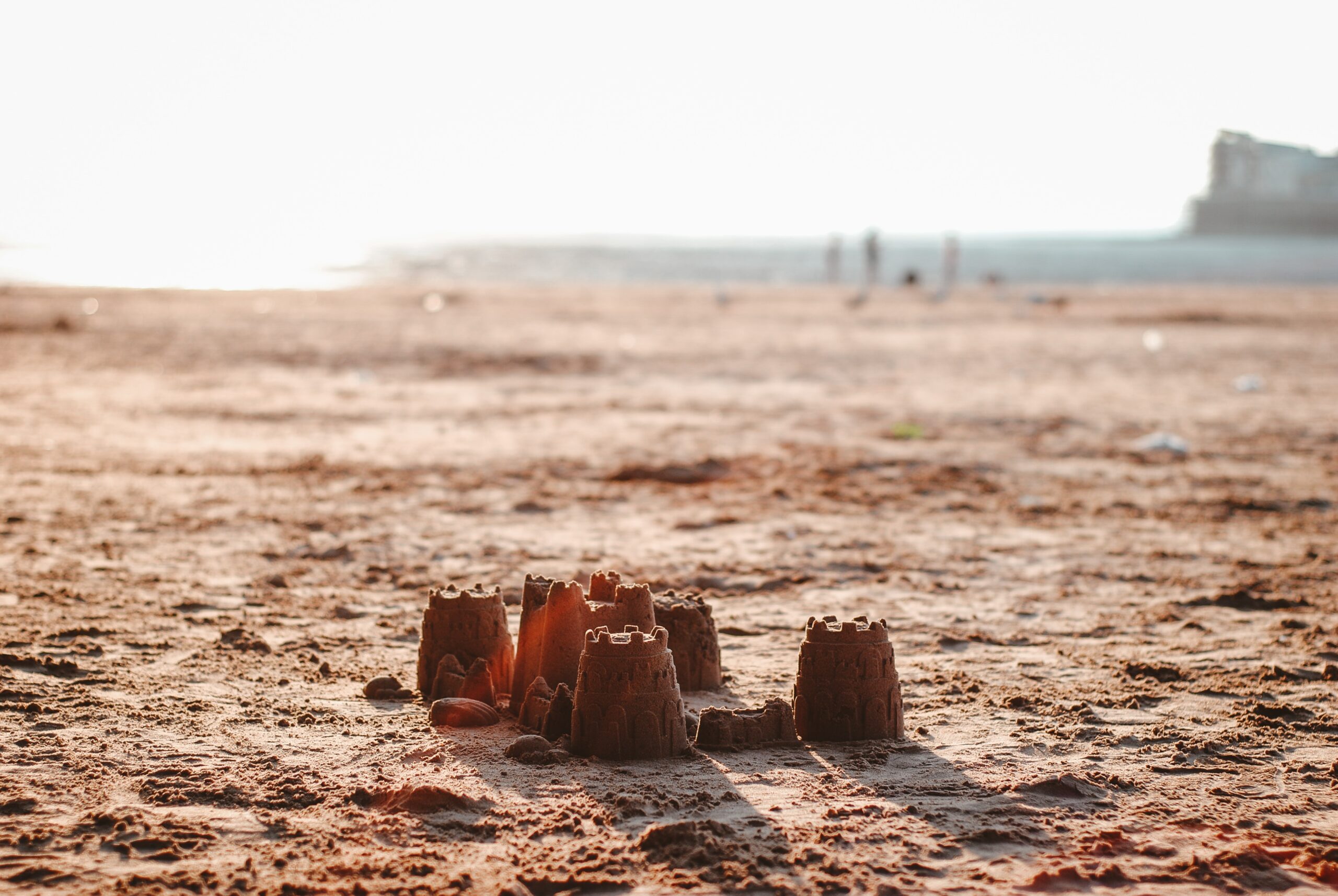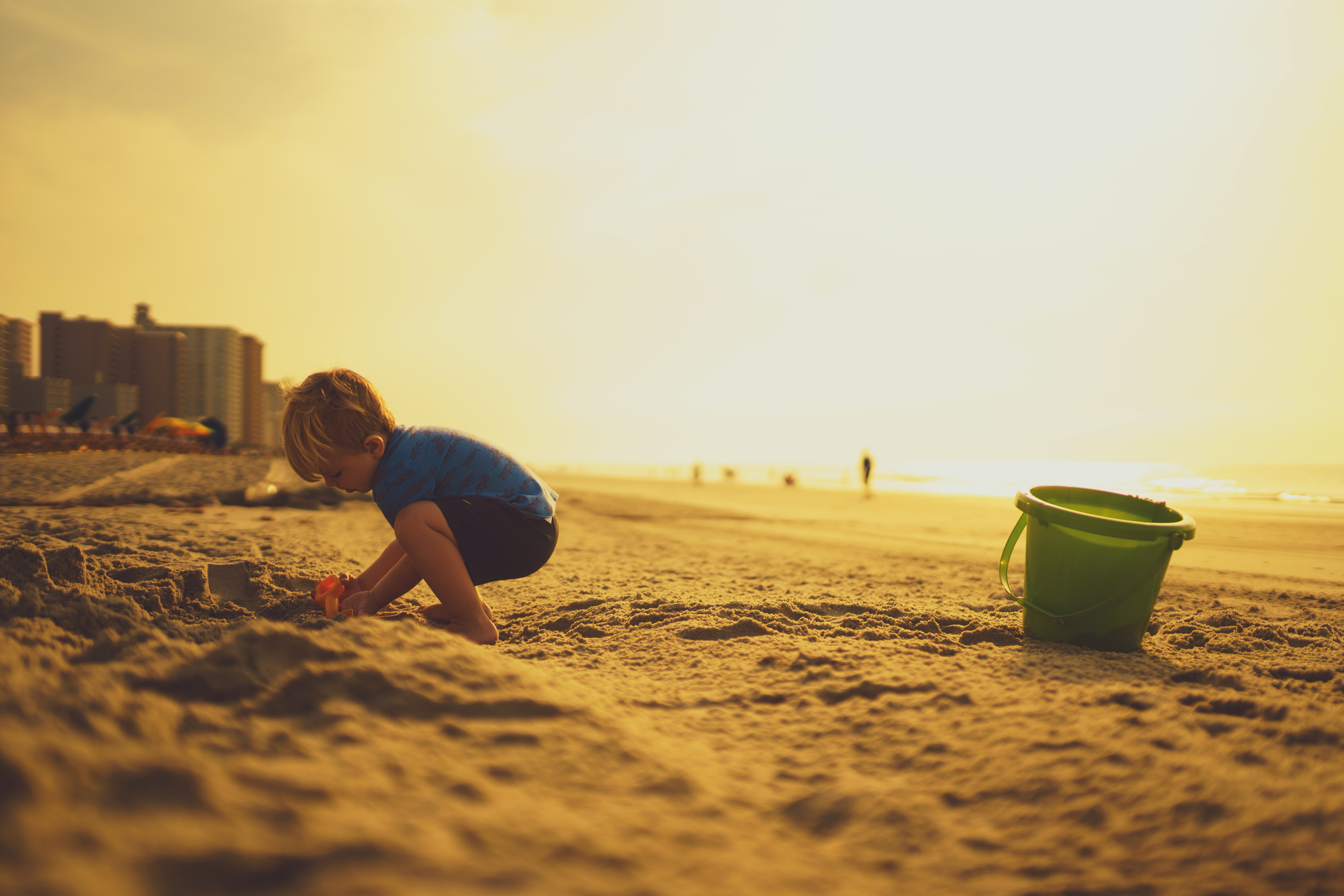If you’ve ever been to the shore or even a sandbox, you know that sandcastle building is a fun and simple outdoor activity for children. Wet sand construction is simple enough for even the youngest children. However, constructing elaborate sandcastles with towers, details, bridges, and moats requires a bit more skill, perseverance, and know-how!
Here are the ins and outs of how to construct these incredible sand structures. Read on for some strategies and tricks to improve your sandcastle-building abilities.
Sandcastle building tools
Before we get to those suggestions, however, let’s discuss tools. Fortunately, very few instruments are required to construct sandcastles. You may already have a number of these fundamental instruments at home. Here is a list of necessities:
- A bucket of adequate capacity for conveying water and mixing sand. If you neglect to bring one with you, see the first tip below.
- A sturdy shovel makes it much simpler to scoop heavy, wet sand.
- For intricate sandcastle construction, carving tools are essential.
- Larger spades are more effective than smaller ones or one’s hands. Grab a plastic knife from your picnic basket or a cake decorating spatula from the kitchen to assemble your own kit. Both of these tools will come in useful when adding all the fun details to your sand creation.
Tips on building a sandcastle
1. Choose a location that will not be eroded. On the beach, you could gladly spend an afternoon constructing a city. Sit near the tide line, which is the damp sand furthest from the water, if the tide is coming in.
2. Collect pristine sand. Place a fistful of sand in a pail of pure water. If the liquid appears opaque or soiled, the sand contains excessive clay. It is much simpler to construct with fine, pure sand that leaves the water uncontaminated.
3. The finest sand for construction is so fine that it resembles a powder and has grains with numerous sharp edges. Most beach sand is too smooth to permit the construction of genuinely enormous sculptures, so don’t feel bad if you fail to break the world record.
4. Combine with water. Surprisingly, the greatest possible mixture consists of only 1% water and 98% sand. This is just enough water to adhere to the sand grains, producing “bridges” between them to bind them together. But you don’t need an eyedropper; for a day at the beach, simply mix until you can shape a ball of sand without it crumbling in your hand.
5. Squeeze the sediment as firmly as possible. The more sand is compressed, the sturdier it becomes. The best equipment for the task is your own hands. Attempting to compact the sand with a shovel will increase the number of cracks and loose areas that could cause your castle to collapse.
The sand will adhere to the base of a container, rendering it ineffective. When you empty a bucket of tightly compacted sand, listen for a “plop” or sucking sound; that is the sound of your hard work falling apart again.
6. Begin with a strong foundation. This phase is essential for the longevity of your sand sculpture. The “volcano method” is a time-tested technique that guarantees a solid foundation for your creation. Begin by constructing a moat to surround and protect your artwork by excavating a circle around the desired location. In the center of the moat, construct a volcano-like mound with a basin on top by piling sand. Pour a bucket of water on top of the volcano and tread on it to force the water inside. Continue to construct upon this elevated foundation.
7. Sculpt attentively. Regardless of the type of sand structure desired, the sculpting process is essentially identical. Start with a large pile of excess sand, pack it securely, and begin carving! It is essential to remember that a sculpture is made by removing sand to form the desired shape. Take your time and enjoy yourself!
8. Apply the crepe technique. Similar to bricklaying, this technique provides a robust foundation for your sandcastle. Take handfuls of your sand-water mixture and compress it into a layer about an inch thick that can be stacked. Repeat this procedure to construct tall, sturdy structures or to give your sculpture height.
9. Don’t neglect to include final touches. When carving features, you should add details from top to bottom so as not to destroy any of your previous work. Using a drinking straw, carefully blow away excess sand if you want to perfect your sculpture after you’ve completed carving it. If you don’t have carving tools, you can use common household objects such as spoons, pencils, and paintbrushes to create intricate sand sculptures.
Developing Creativity by Building Sandcastles at the Beach
Sand, surf, and sandcastles are synonymous with summer enjoyment. Many families consider a journey to the beach incomplete without constructing a sandcastle. Bring along a pail, a few shovels for digging, and brightly colored sandcastle encourage creativity. Here are the reasons:
Limitless possibilities. Even though we have all seen sandcastles and many of us have built them, there is no ‘set method’ to construct them, so the palette is blank and open to the sculptor’s or builder’s imagination. People rarely say, “That it’s ‘supposed’ to go here… no, don’t do it that way.” Most individuals just say ‘nice’.
Everyone is encouraged to contribute in their unique methods and areas of expertise. This activity is suitable for children scarcely old enough to walk. While mom and dad are busy building the castle, the toddler can be instructed to “keep bringing us sand” by walking over with a handful of sand on the end of his shovel and depositing it on the mound. They can all labor toward the same goal, willingly contributing what they could.
The process is more essential than the final product. There is an understanding that when the tide comes in, or if it rains overnight, or even if left alone, the sand will wash away and return to the beach from which it originated. As people create, they realize that the process is more important than the final product, and that the team formed by those who work together is a wonderful bonus. It’s a great spot to be guided by the product – deciding how and where to place the sand – without being overpowered by it.
To conclude
Sandcastles and sculptures are the ideal solution for family connection or creative expression. Find a sandy spot on any of the beaches, take a bucket, and get to work! Be sure to fill in any holes in your sandcastle before leaving the beach to help defend the local sea turtles.




